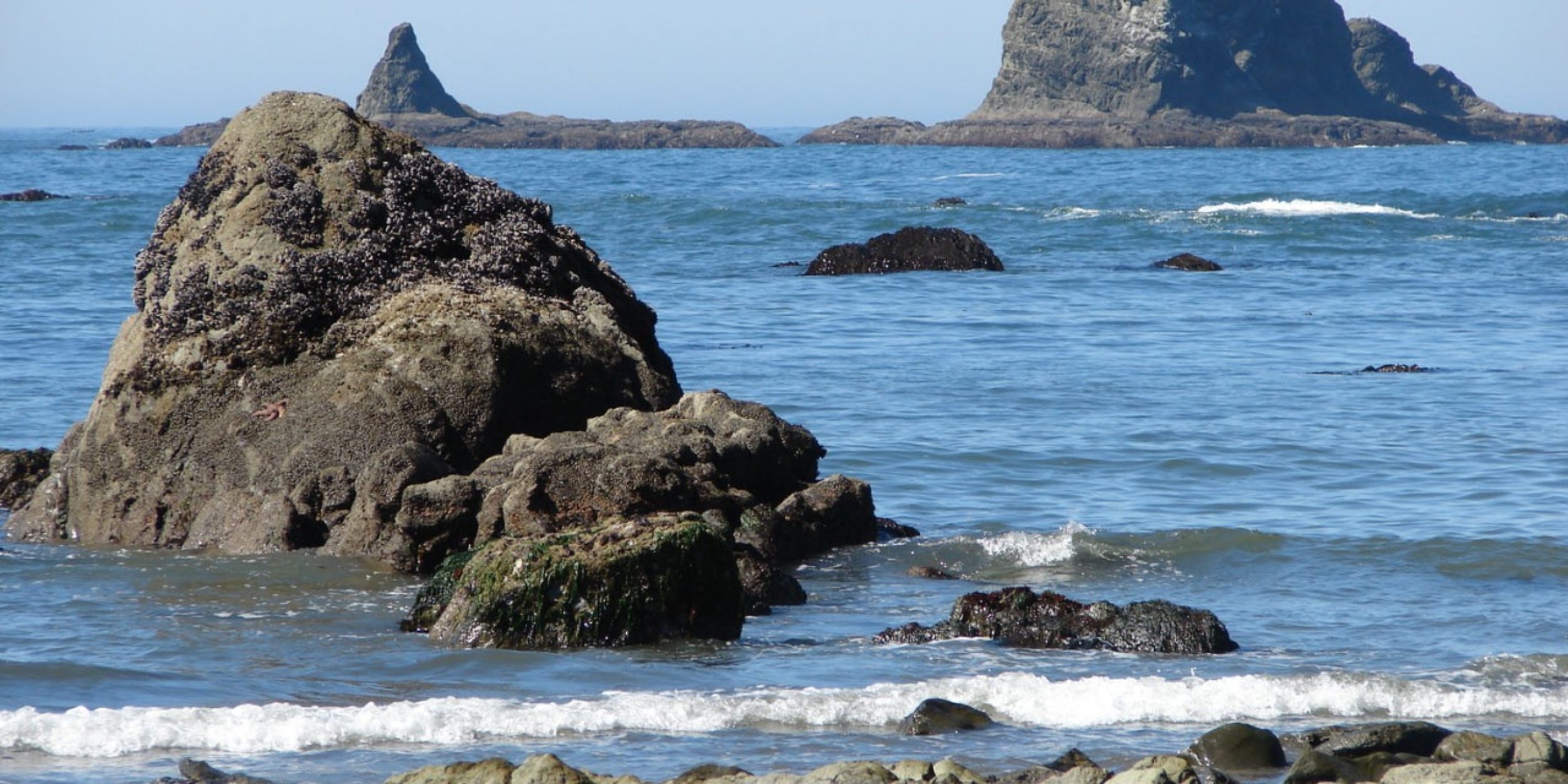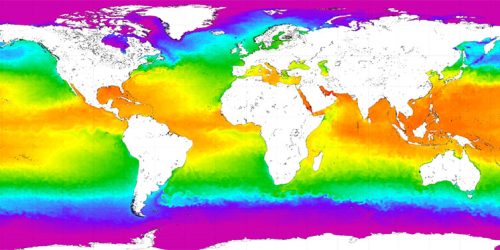

Due to global climate change, the Intergovernmental Panel on Climate Change projects a high likelihood that marine ecosystems around the globe will be measurably altered in the coming century (Bernstein et al. 2007). In some cases, the collapse of entire ecosystems is viewed as possible, or even likely. These projections are valuable in terms of describing the global implications of climate change and clarifying the role that anthropogenic emission of greenhouse gases plays in large-scale ecosystem change. However, they are less useful for assisting managers and policy-makers at the regional or local scale in their efforts to prepare for and, where possible, adapt to climate-related changes.
The Olympic Coast National Marine Sanctuary (OCNMS) encompasses 572 square kilometers of marine and near-shore waters and intertidal habitat off of Washington State’s Pacific Ocean coast. As one of 14 national marine sanctuaries managed by NOAA, OCNMS is provided protected status because of extraordinary ecological and maritime heritage values. With funding from the NOAA Climate Program Office, the Office of National Marine Sanctuaries developed its “Climate-Smart Sanctuary” program in order to facilitate the process of climate adaptation in these special marine waters.
The new assessment report is designed to assist OCNMS in adapting to climate change by bridging the gap between the global climate projections provided by the Intergovernmental Panel on Climate Change, and the regional and local implications of climate change by 2100. The direct consequences of climate change on the physical environment in OCNMS were considered and, where possible, the direction and magnitude of change was estimated. These physical effects were divided into seven categories: Increasing ocean temperature, ocean acidification, sea level rise, increasing storminess, changing ocean current patterns (with a focus on upwelling), increasing hypoxia or anoxia and altered hydrology in rivers draining into OCNMS.










